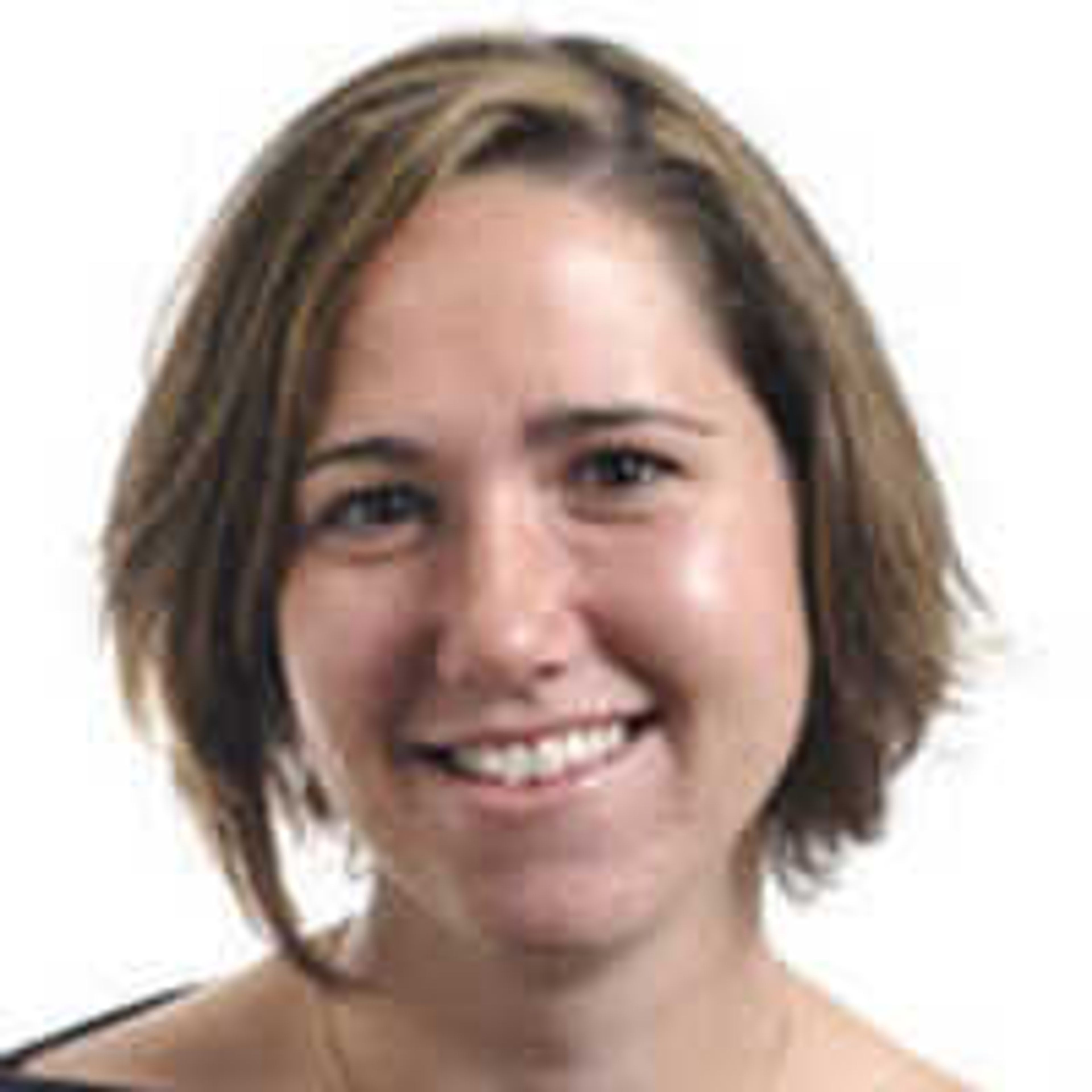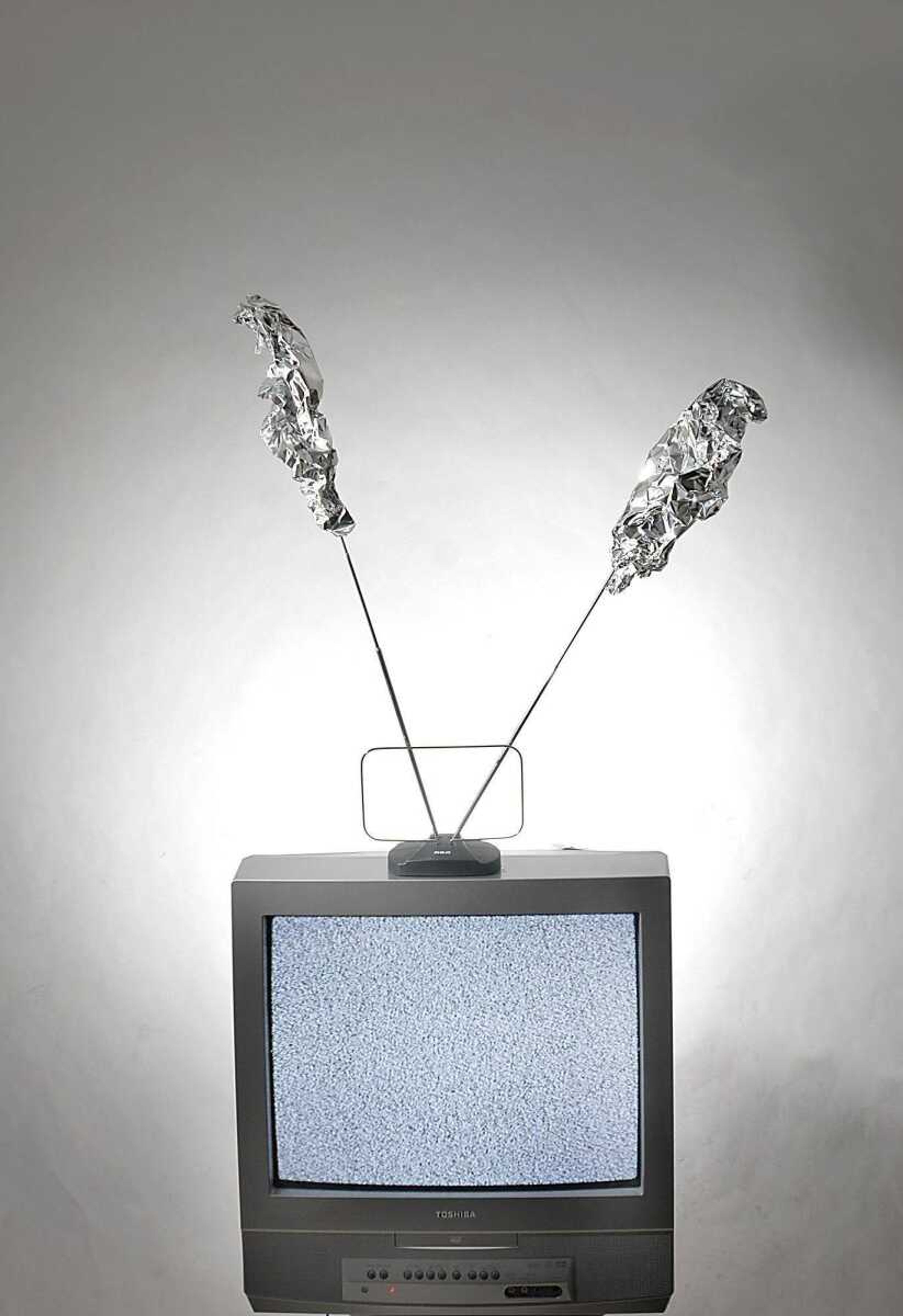Saying goodbye to analog TV
When television programming switched to color in the 1950s, you had to buy a new television set to see the colors. When programming changes to digital in 2009, you might not have to do anything. The Digital Television Transition and Public Safety Act of 2005 requires all high-power broadcast stations to change from analog to digital broadcasts Feb. 17, 2009, freeing up airwaves for other uses such as emergency frequencies and for government sale to wireless companies...
When television programming switched to color in the 1950s, you had to buy a new television set to see the colors. When programming changes to digital in 2009, you might not have to do anything.
The Digital Television Transition and Public Safety Act of 2005 requires all high-power broadcast stations to change from analog to digital broadcasts Feb. 17, 2009, freeing up airwaves for other uses such as emergency frequencies and for government sale to wireless companies.
Some televisions are ready for the switch. According to the National Telecommunications and Information Administration, all TVs made after March 1 were required to have digital tuners, and many television sets made in or after 2004 are likely to have a digital tuner built in. TVs bought before 1998 most likely will be analog only and will need a converter.
The best way to find out if a set is analog or digital is to read the owner's manual. If that's not available, the back of the set may tell you. If it has an input connection labeled "digital input" or "ATSC" -- for Advanced Television Systems Committee -- it's good to go. An antenna plugged into that jack on your television will receive the digital signal. If that doesn't work, the manufacturer's Web site may have the information.
Televisions touted as "HD-ready" or an "HD monitor" can display digital or high-definition programming but will still need a converter to help get those programs in the first place.
"Many people think that if they don't have a digital or high-definition television that they're not going to be able to continue watching television," said Joe Belcher, sales manager at Stereo One in Cape Girardeau. "That's not the case."
"The people that are going to be primarily affected are the people who get their signal exclusively from an antenna and they do not have an ATSC tuner," Belcher said.
Those who subscribe to digital cable or a satellite service already receive a digital signal and have nothing to worry about, no matter when their TV was made.
People who have rabbit ears on top of the set and only receive the free local channels, however, will have to explore their options. They can get cable or satellite, or they can buy a converter.
A converter box -- also called a digital tuner or ATSC antenna -- will pull the digital signal and convert it to analog. The antenna hooks into the digital tuner, which then hooks into the television. The NTIA maintains a list on its Web site of approved converters.
Several electronics stores in the area plan on carrying digital tuners, though most do not have them yet. They will most likely be priced between $40 and $70, according to the NTIA. The government is providing 33.5 million $40 coupons to offset the price of the digital tuners that many people will need once television signals switch from analog to digital.
"One of the solutions that I recommend is they look potentially at a DVD recorder," Belcher said.
A DVD recorder has a ATSC tuner built into it, so a basic converter box isn't needed. It's more expensive and doesn't have a coupon program, but "then you get the benefits of having a DVD player," he said.
Not all stations
Digital tuners have caused alarm in some low-power broadcasting stations and translator stations, neither of which are required to change to digital in 2009.
The Digital Television Transition and Public Safety Act of 2005 only specified high-power television stations would no longer use analog broadcasts after Feb. 17, 2009.
The TV Converter Box Coupon Program Web site has a countdown "to the end of analog broadcasts," a statement that Greg Herman, vice president of technology for the Community Broadcasters Association, said is false.
"Anytime you see that, it is a misstatement," he said. "Only the 1,760, roughly, full-power stations are required to switch to digital in 2009."
Low-power stations and some translator stations that pick up high-power signals and relay them to audiences just out of reach will still transmit in analog. The translator stations will take the digital signal from the high-power station and convert it to analog to send out.
The Community Broadcasters Association, which represents low-power stations, is worried about the converter box program because most of the boxes will block those analog signals. They have started a new Web site and a petition demanding that all of the approved tuners be able to receive analog as well as convert digital. As of right now, only three boxes do.
"If they don't get the right converter box, they may as well lose some or all of the channels they usually watch," Herman said.
"You wouldn't know because it's just TV," he said. The average person doesn't know if they receive an analog or a digital signal, "they just know they watch it."
"The idea of converting to digital isn't on its face a bad idea," Herman said. "They have basically made a mistake in the process."
Freeing up airwaves
The idea to go digital is a way for the government to free up airwaves. A digital signal is like a four-lane highway that only takes up the space of a two-lane road. In the same amount of bandwidth used for an analog signal, digital signals can carry more programming. That means high-definition and standard definition signals can be compressed to free up space.
"They are compressing the space in which TV stations operate so they can auction it off," Herman said. "That's an important thing because it helps raise money for the government."
The FCC and NTIA tout that freeing up that space will allow more room on the spectrum for emergency responders. Freeing those airwaves also allows the government to sell them to wireless networks.
Most of the broadcast channels in the area, including KFVS12 and Fox 23 and WSIL, already broadcast in both digital and analog.
charris@semissourian.com
335-6611, extension 246
Connect with the Southeast Missourian Newsroom:
For corrections to this story or other insights for the editor, click here. To submit a letter to the editor, click here. To learn about the Southeast Missourian’s AI Policy, click here.









